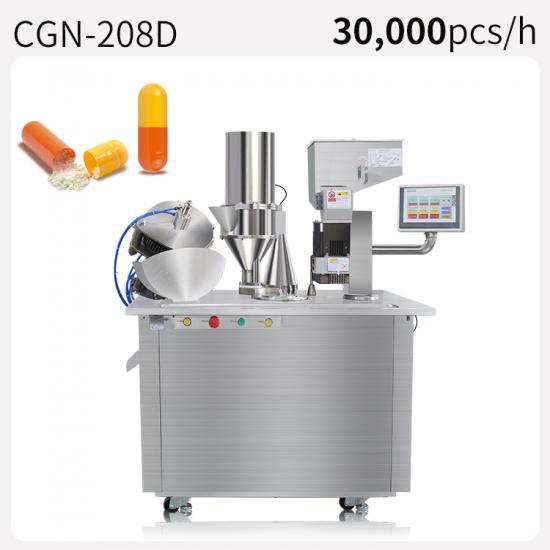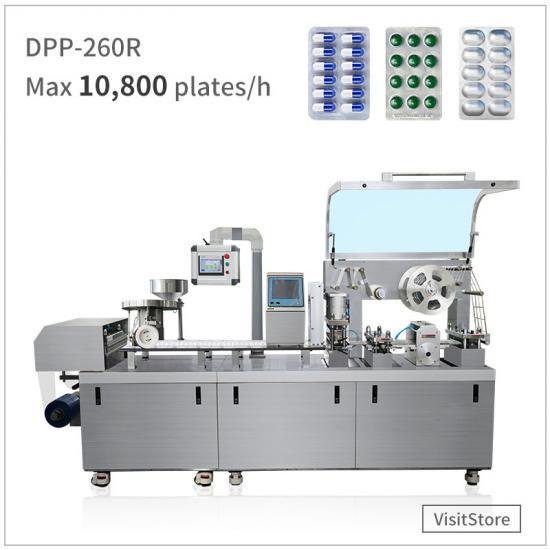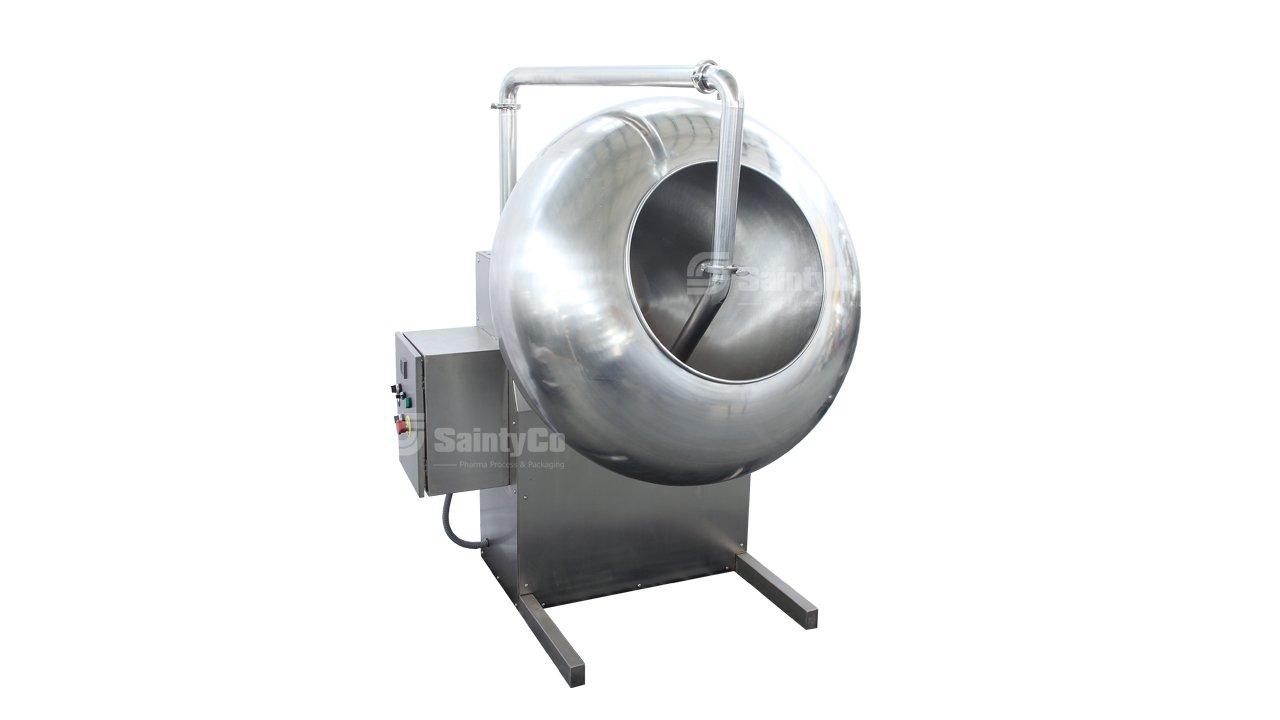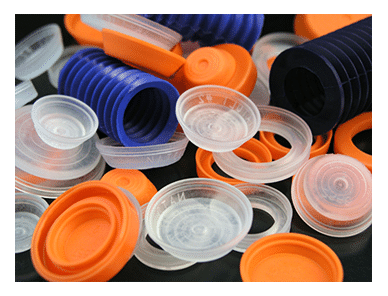Kleener anti-blinding device
A wide variety of slider rings compounds for abrasive and high temperature applications.
The most frequently used screen cleaner is a set of sliders or slider rings, which are individual plastic rings that slide under the screen surface on a slider-support surface or a perforated metal plate. The separator’s vibratory motion gently bounces the sliders upward against the screen’s underside as they travel radially around the screen, cleaning the entire screen.
According with the material’s properties, the sliders will clean the screen by one of these methods:
- For any material that contains near-sized particles that become lodged in the mesh openings, the separator’s vertical motion bounces the slider up onto the screen bottom, dislodging the near-size particles from the openings and freeing the openings for the next particles to be screened;
- With a hard or friable material like granulated sugar, the slider breaks particles protruding from the mesh openings into smaller pieces so they can flow through and clear the openings.
- With a soft, pliable material like plastic, the sliders can help the particles through the mesh openings;
- With a fibrous material like rice hulls, the sliders’ horizontal wiping motion across the screen bottom will dislodge trapped fibers from the mesh openings.
Sliders are one of the simplest cleaning system and require almost no maintenance; when they’re worn, you can simply replace them. They’re especially well-suited to use with fine-mesh screens because of their low impact energy and the shearing, wiping action they apply to clean the mesh openings. However, the sliders’ impact on the perforated metal plate makes this cleaning method noisy. Sliders aren’t well-suited to materials that tend to ball up or agglomerate inside the sliders, such as toner powder, or materials with extremely hard, irregularly shaped particles, which can partially protrude through the mesh openings and stop the sliders’ motion. The small amount of heat the sliders generate can fuse heat-sensitive materials, like paint powders and some plastics.






